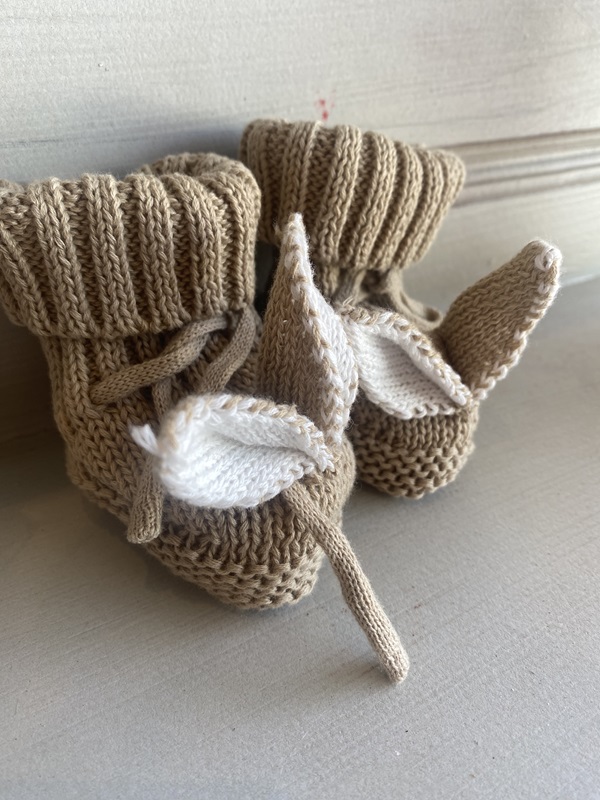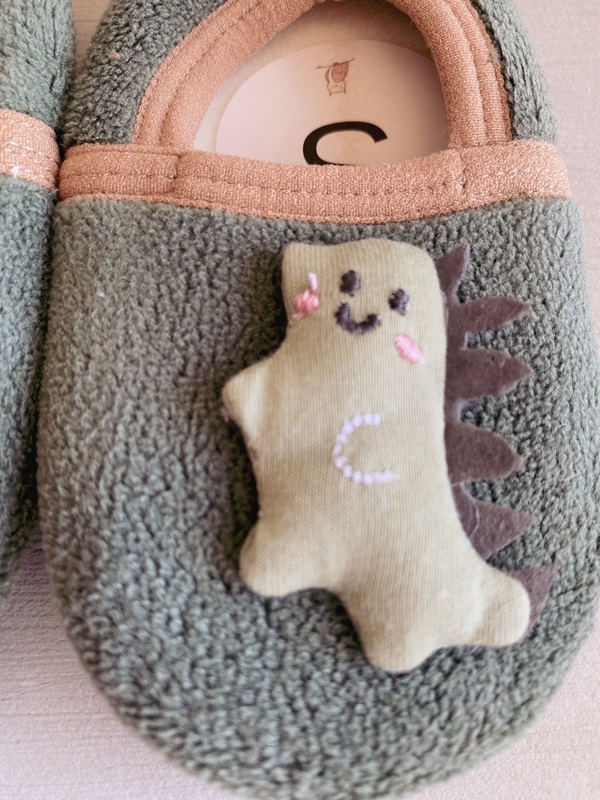As parents, we are always looking for ways to ensure that our little ones grow up healthy, happy and safe. One milestone that brings both excitement and a dose of anxiety is when our babies start to take their first steps. To support this important developmental phase, many parents consider using shoes and socks for pre-walking. But are they really beneficial? Let's get to know the world of shoes and socks better and weigh the pros and cons.
The purpose of shoes and socks before walking
Pre-walker shoes and socks are specially designed for babies who are in the transition stage between bottle feeding and walking. These tiny shoes look like miniature sneakers and are intended to provide some level of protection for your little one's delicate little feet. Similarly, pre-walking socks often feature non-slip grips on the soles to enhance traction as your baby walks around.

The advantages
Protection
Shoes and socks before walking provide a layer of protection for your baby's feet. They can help protect against sharp objects, uneven surfaces and potential hazards when exploring their environment.

Warmth
In colder climates or during cold seasons, pre-walking shoes and socks can keep your baby's feet warm, preventing discomfort and possible illness.
Modern entertainment
Let's face it - pre-walker shoes come in adorable designs that can be hard to resist. Dressing your baby in stylish shoes can be a fun and adorable experience for parents.
Support for indoor use
While your baby is learning to stand and take those unsteady first steps indoors, pre-walker shoes can provide minimal support for his feet, encouraging proper alignment.
The disadvantages
Limited movement
Babies learn to walk by using their toes for balance and getting a feel for the ground beneath them. Pre-walking shoes can restrict this natural movement and sensory feedback, potentially hindering the development of walking.
Unnecessary expenses
Babies grow fast and their legs grow even faster. Investing in pre-walking shoes, which they will outgrow quickly, may not be the most cost-effective option.
Risk of incorrect application
Shoes that do not fit properly can cause discomfort, blisters and even prevent the development of the correct arch of the feet. Ensuring proper fit of pre-walking shoes can be challenging.
Delay of walking
Some experts argue that babies learn to walk more effectively when they are barefoot, as it allows their feet to naturally grip and adapt to different surfaces.
Balancing act: when and how to use shoes and socks before walking
The key to effective use of pre-walking shoes and socks is finding a balance that supports your baby's developmental needs while ensuring their safety and comfort.
Here are some guidelines to keep in mind:
Limit the use
Whenever possible, let your baby explore and learn to walk barefoot. This helps them develop strength, balance and coordination.
Choose the right moment
Introduce pre-walking shoes when your baby starts to take confident steps outdoors or on surfaces where protection is needed.
Prioritise comfort and fit
When buying pre-walking shoes, prioritise comfort and proper fit over aesthetics. Look for flexible soles that mimic barefoot walking.
Encourage barefoot walking time
Create safe environments at home where your baby can walk barefoot. This helps them develop a natural gait and sensory awareness.
As a bottom line, pre-walking shoes and socks may be a cute and practical addition to your baby's wardrobe, but they are not essential for healthy walking development. Allow your baby plenty of time to explore barefoot whenever possible, and use pre-walking shoes and socks selectively when protection or warmth is needed. Every baby is unique, so observe your little one's preferences and comfort levels to make the best choice for their individual journey from crawling to walking.


